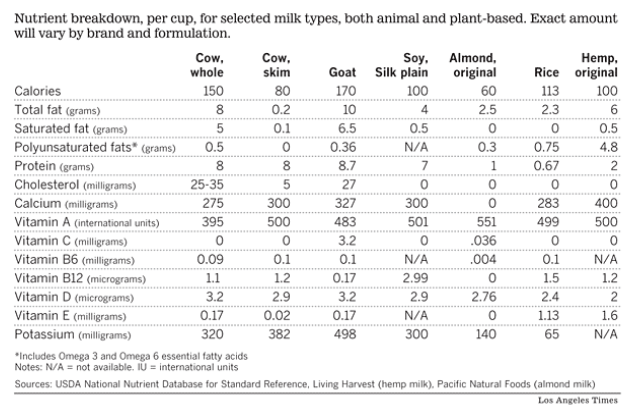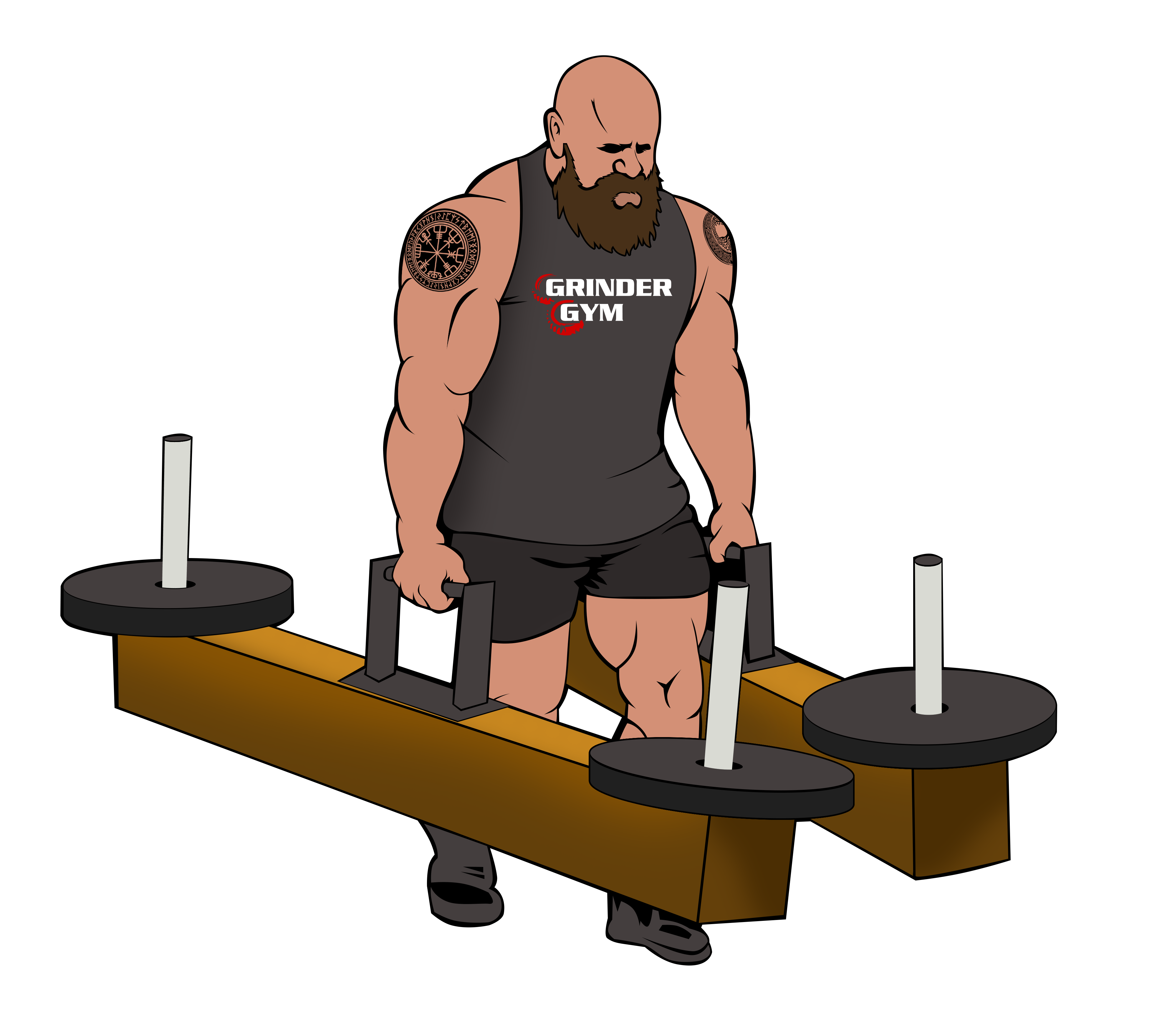One of the more popular marketing campaigns of the last decade has been the one mounted by the milk industry. Who hasn’t seen the advertisements with well-known celebrities sporting fake milk mustaches, clutching a glass of milk, and asking you if you have “Got Milk?” Well, we definitely have milk, but the bigger question may be do we want it? Does it actually do a body good, as it claims?
I started doing some digging and what I found made me a little uncomfortable. For example, a study in the Journal of Agriculture and Food Chemistry informed me that milk was contaminated with up to 20 different painkillers, antibiotics, and growth hormones. That was more than a little unsettling since the USDA apparently finds this acceptable. I dug a little deeper and was startled to see just how much my perception of milk was off.
Gone are the days of small dairy farms with the cows slowly walking up to the barn in the morning to be milked and then turned out to the pasture to graze all day on green grass. They’ve been replaced by massive factory-like operations that have transformed this industry. Cows no longer feed on fresh green grass, but soy-based grain feeds loaded with chemicals. They have been bred to produce more milk and the milk itself has been pasteurized, homogenized, and sanitized to the point that the good elements have been stripped out and we’ve been left with very little of its benefits.
What are we drinking?
Cow’s milk has become the number one allergic food in the U.S. Research has shown that milk can cause a host of conditions in some people including diarrhea, cramps, bloating, gas, gastrointestinal bleeding, iron deficiency anemia, acne, and skin rashes. These side effects may be the result not so much of milk itself, but what is found in milk today.
- rBGH: This is synthetic. The recombinant bovine growth hormone (rBGH or rBST) is injected into cows so they can produce even more milk. Made by Monsanto and given to over 30 percent of US cows, it is a known potent carcinogen that has been banned in every industrialized nation in the world except here. Unless, you specifically see on a label that “cows not treated with the growth hormone, rBGH,” (or something similar), you can bet your milk product has been. In fact, it’s estimated that 90 percent of US milk has rBGH in it and rBGH produces higher levels of insulin-like growth factors (IGF-1) in milk and those have been linked to certain types of cancers of the breast, colon, and prostate.
- Antibiotics: Mom and Pop dairy farms are a thing of the past. Today, the milk industry is dominated by large-scale concentrated animal feeding operations (CAFOs). These operations are in business to make money and often that means cramming as many cows as they can get into close quarters and breeding cows to have larger pituitary glands to produce more milk. According to the USDA’s Overview of the United States Dairy Industry that came out in 2010, the inventory of milking cows had increased only one percent over the last decade, but nearly one-third more milk was being produced. How is that possible? The answer most likely lies in the genetic engineering of cows.
Unfortunately, these cows are prone to greater health problems and infections. This, in turn, requires them to be treated with antibiotics. Generally, the same antibiotics humans use. These antibiotics ultimately pass into the milk and we consume it. Are you starting to see why our bodies have become resistant to some forms of bacteria and antibiotic treatment plans? - Pus: Now this one will likely gross you out, as it did me when I was researching it. Cows that are milked continuously often develop udder infections called mastitis. While the cows are treated with heavy doses of antibiotics to clear it up, pus is still seeping straight into the milk we consume! Fortunately, for us, the USDA is closely monitoring this and has actually capped the amount of pus that a dairy farmer can actually sell to us. If you are curious, it’s capped at 750 million pus cells per liter of milk.
Are you still convinced milk does your body good?
Fortunately, there are options. Not all milk is created equal. Not all cow milk is bad for you. How the cows are raised, milked, and the product itself is processed makes all the difference. Organic milk products are now available and drinking whole, pasteurized, non-homogenized milk is definitely a better choice. Additionally, there are some great animal and plant-based milk alternatives. The chart below, which ran in the Los Angeles Times, gives us a few options, as well as nutritional information.

One final note, calcium has always been touted as one of the biggest benefits of dairy consumption, but keep in mind that the potassium found in milk often blocks the absorption of calcium into the bones. If you decide to reduce your intake of milk and are concerned about calcium, you can still get an adequate supply by eating plenty of dark green veggies like collard greens and kale. So, even if you don’t drink your milk be sure and eat your vegetables!
